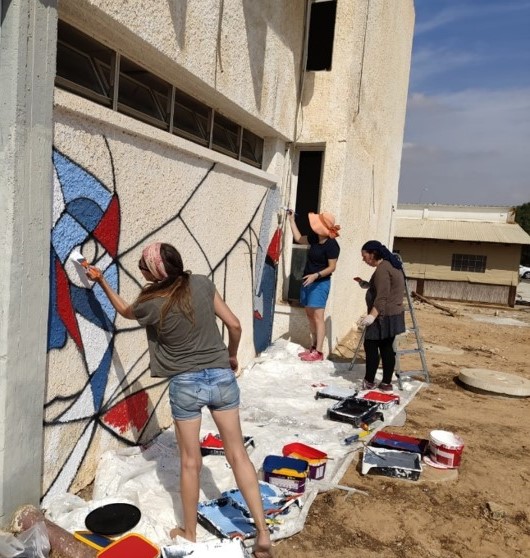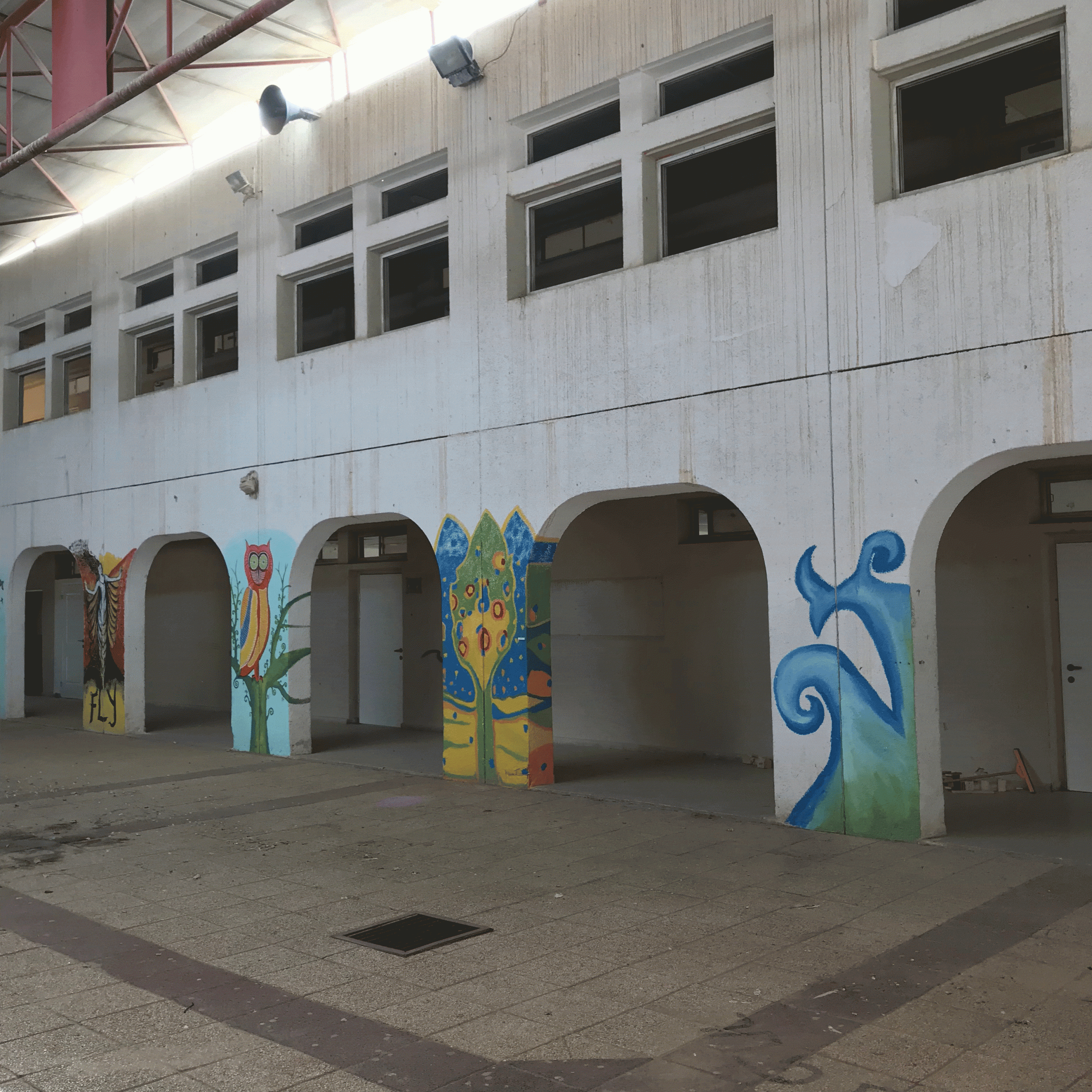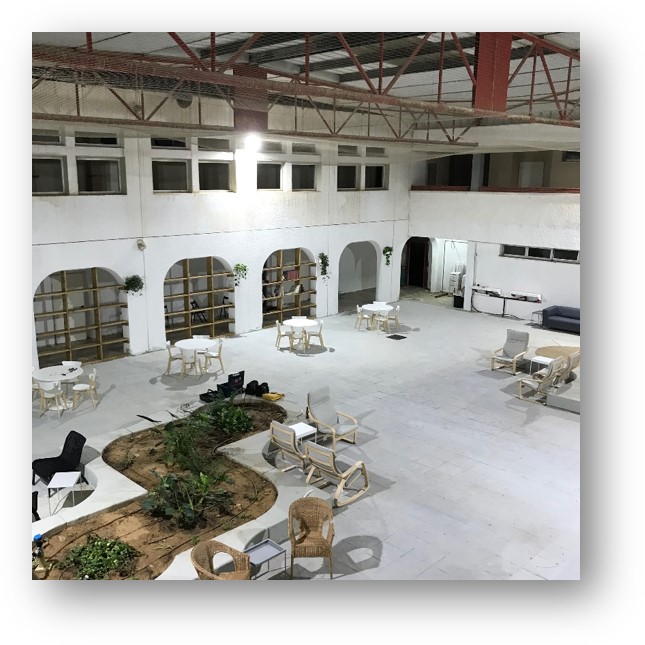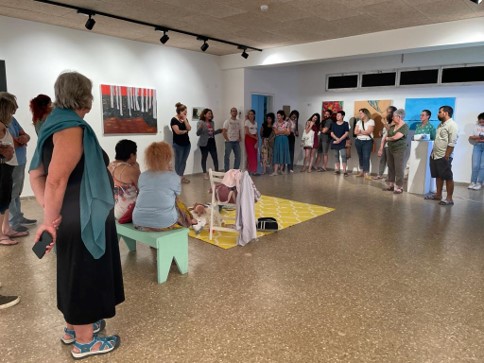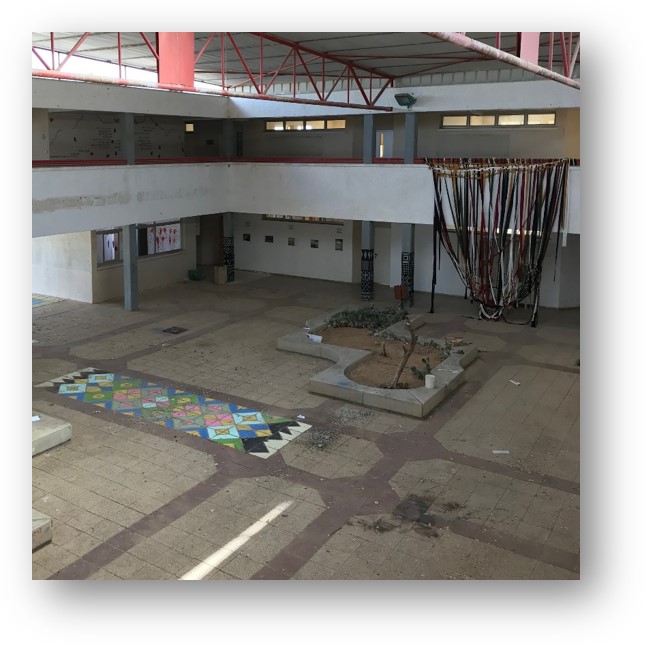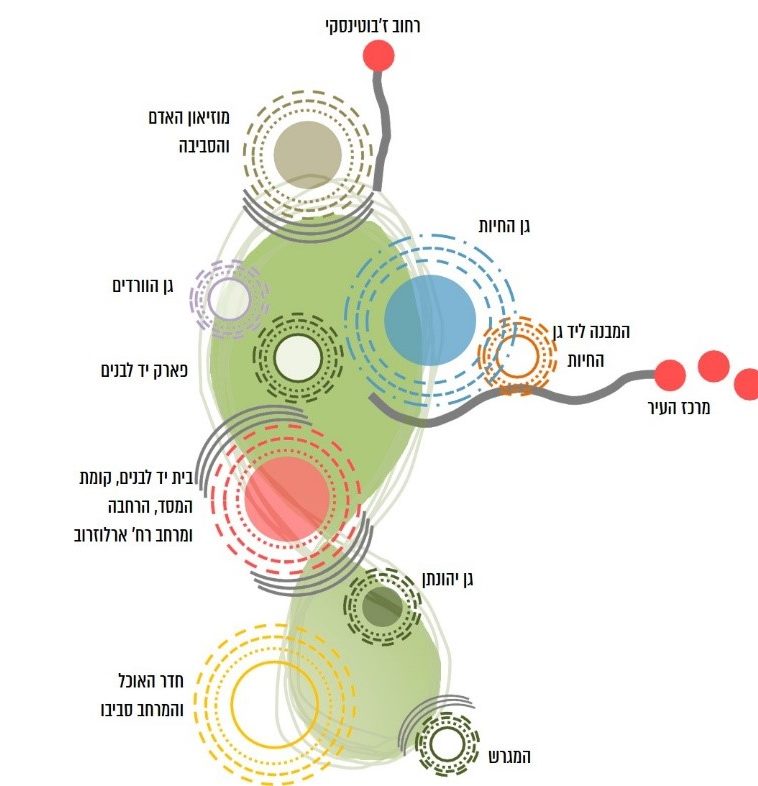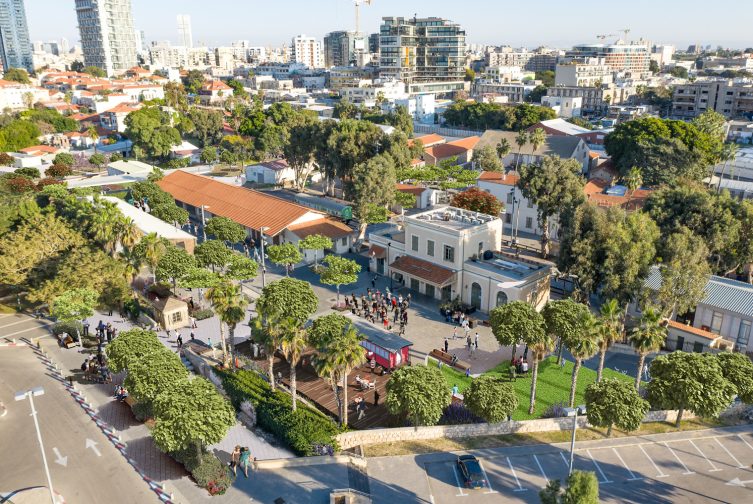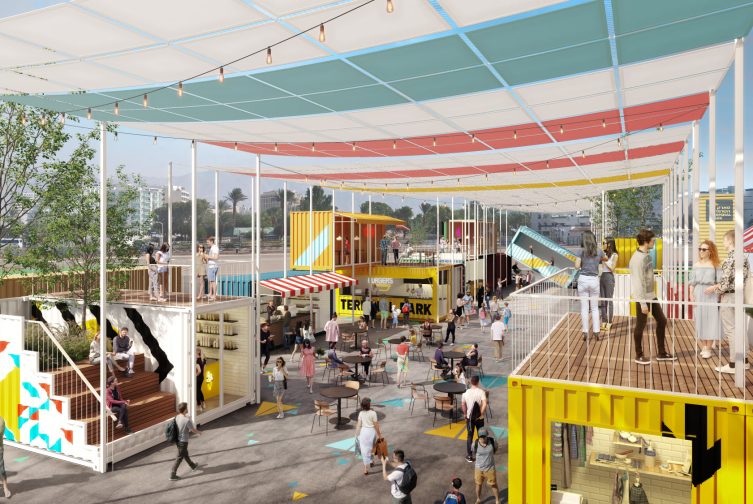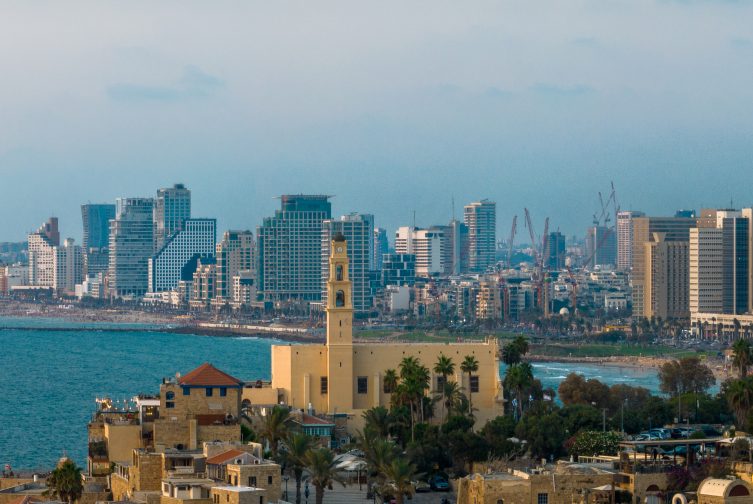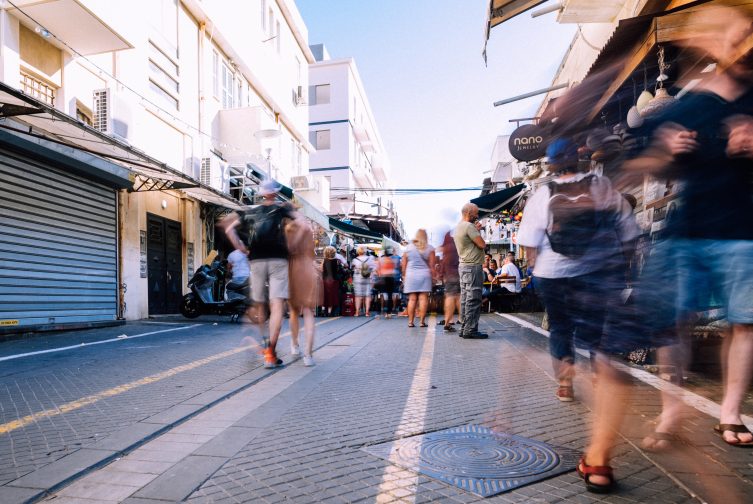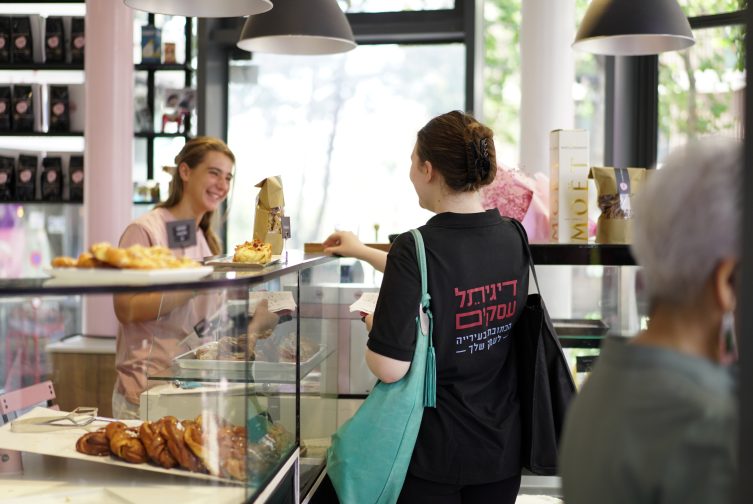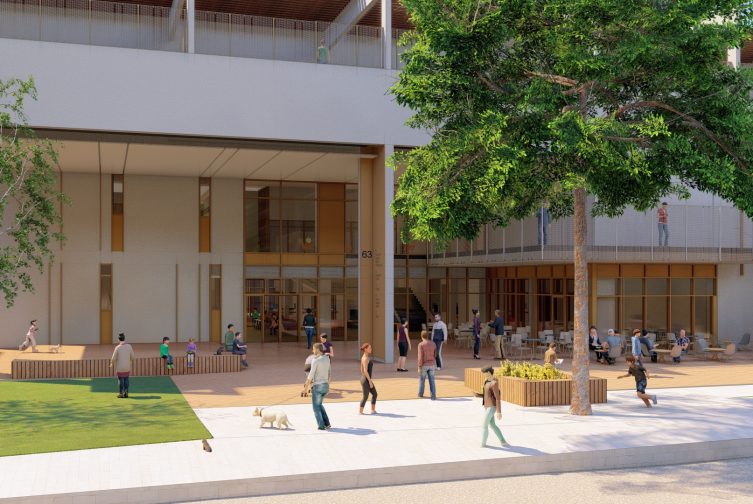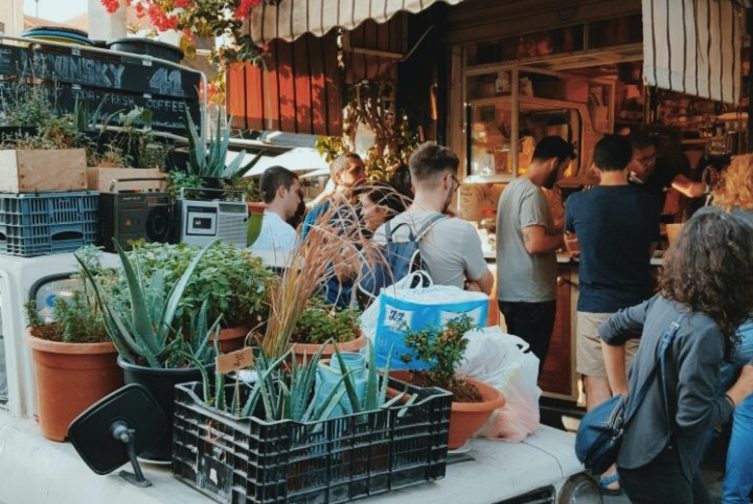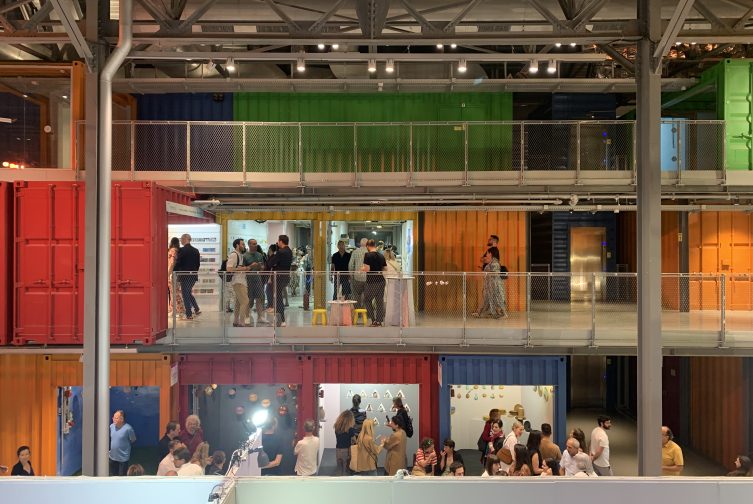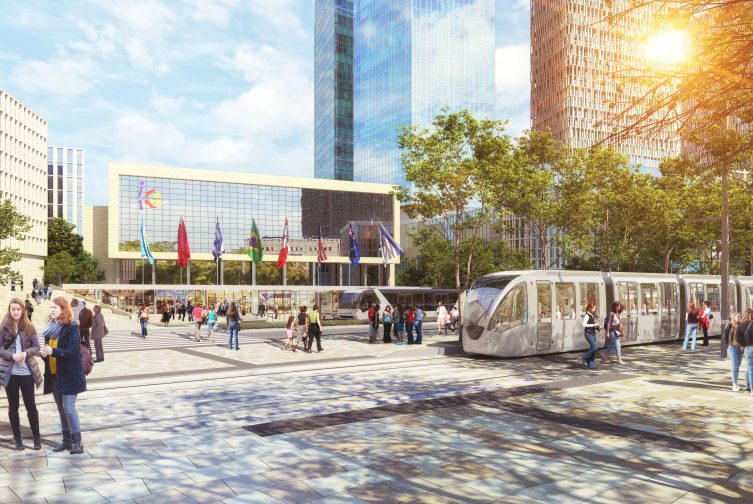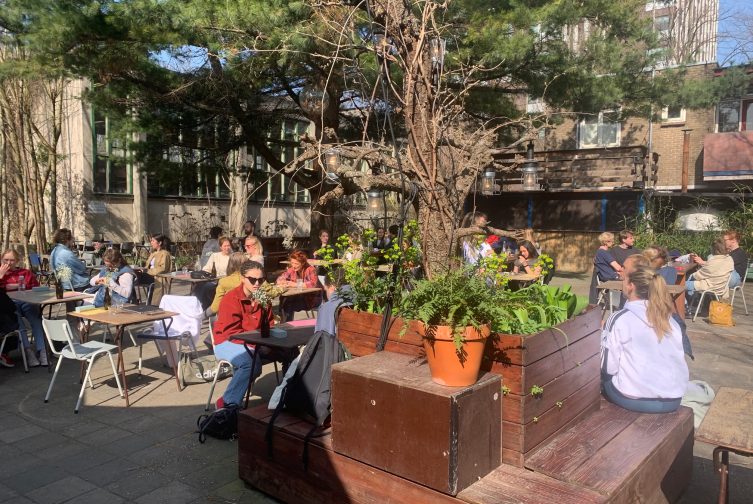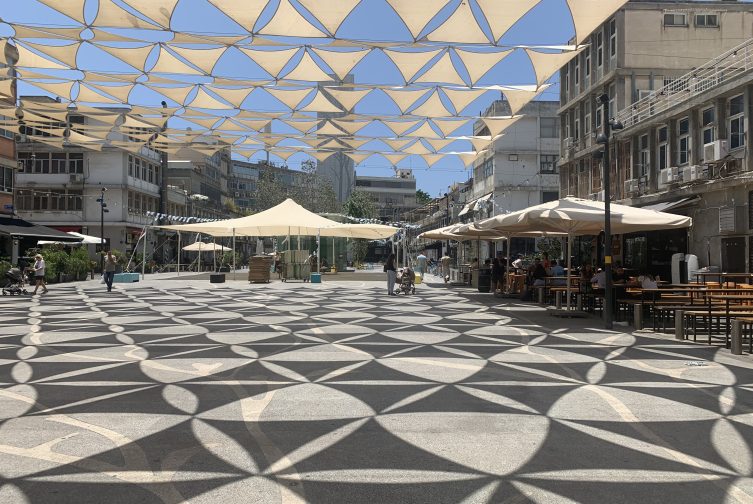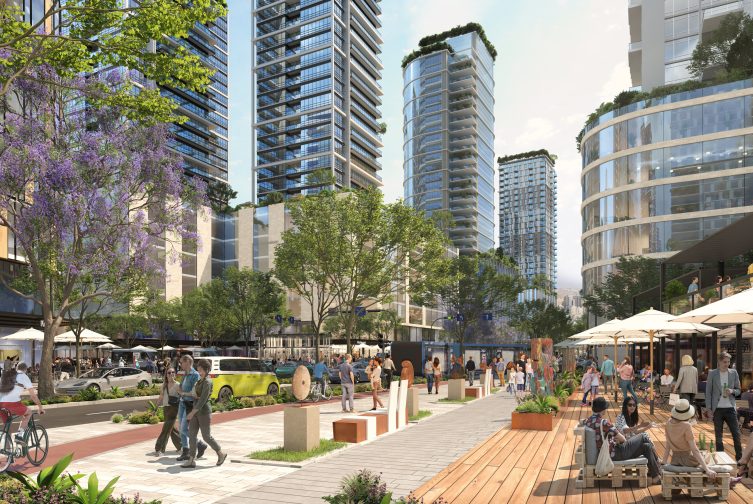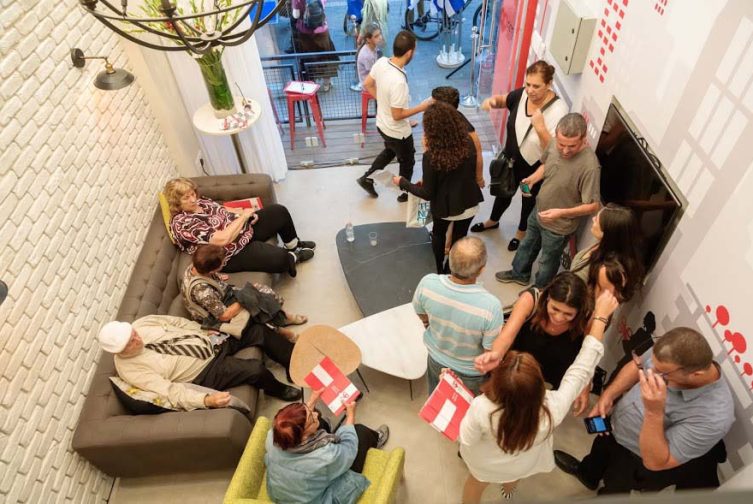An Abandoned School Becomes an Artists’ House
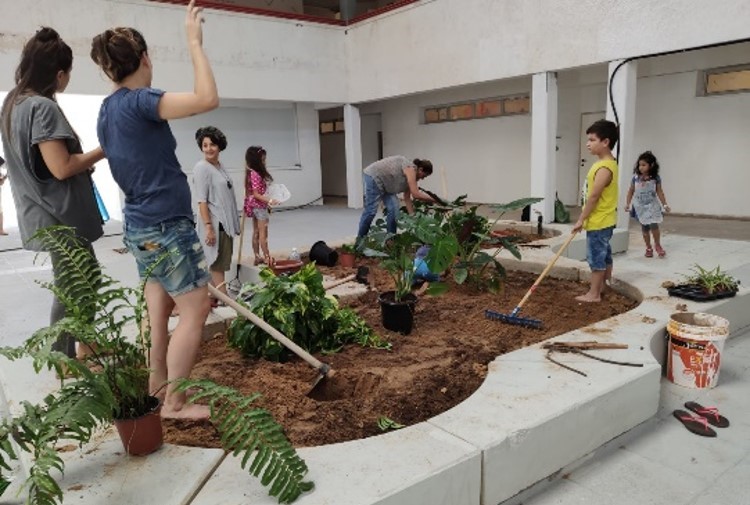
The Challenge
The HaBasor School was established in 1962 and served as the high school for students of the Eshkol Regional Council for decades. Due to the security reality, which consists of a daily emergency routine, the school was abandoned more than a decade ago and since then has stood deserted in the heart of the Regional Council, sandwiched between communities. In an effort to maintain the building’s original purpose of providing public value to the local community, the question arose: How can the Council indeed use the building, while strengthening the community resilience of the residents? The starting point from which we set out to crack the challenge was a known demand for a substantial center offering a variety of cultural and leisure activities, a demand which originated from the local DNA.
Our Role
We designated the abandoned school as a focal point for significant community connection and defined the leading community as the “Guild” – an active group of artists from among the residents of the regional council — as the initiators of the process. We conducted an in-depth and dynamic, collaborative process with residents of the council communities, kibbutzim, and moshavim, an expansive process that included research, digital questionnaires, round table events, workshops and brainstorming, field tours, mapping the buildings and public space, and locating connections and transportation routes to the communities to attract a variety of audiences. We then created a series of collaborations and identified appropriate budgetary sources that could support the process.
The heart of the process included the formulation of a strategic plan for the development of the place, from a physical, communal, creative, and operational perspective; an integral part of this process was an emphasis on joint fieldwork to revitalize the space through placemaking. According to the program we formulated for the Artists’ House, the abandoned classrooms on the ground floor will serve as daily creative rooms (“studios”) for a variety of artists from the Guild group, while the main plaza of the building will become a “wide and creative living room” that hosts visitors, residents, and tourists for art and cultural events. Other functions that were important for us to integrate in the realm of art are a workshop room (which includes a variety of creative tools) and a rich art library.
In the final phase of the project, we held a placemaking event in cooperation with the Guild artists and the local community. The event included a number of development “stations”; at each station, residents had the opportunity to create something for the building and take part in its development. The placemaking event was of critical importance in that it engaged and connected the community of artists with the residents of the place, and created a significant sense of belonging to the building — and the activity that will take place within it.
The Impact
- The Artists’ House is active, and vibrant in hosting cultural and artistic events.
- A strong creative community has a warm “home” in the Artists’ House, which operates every day.
- The Artists’ House hosts residents who feel a sense of belonging within a space rich in inspiration, creativity, and learning.
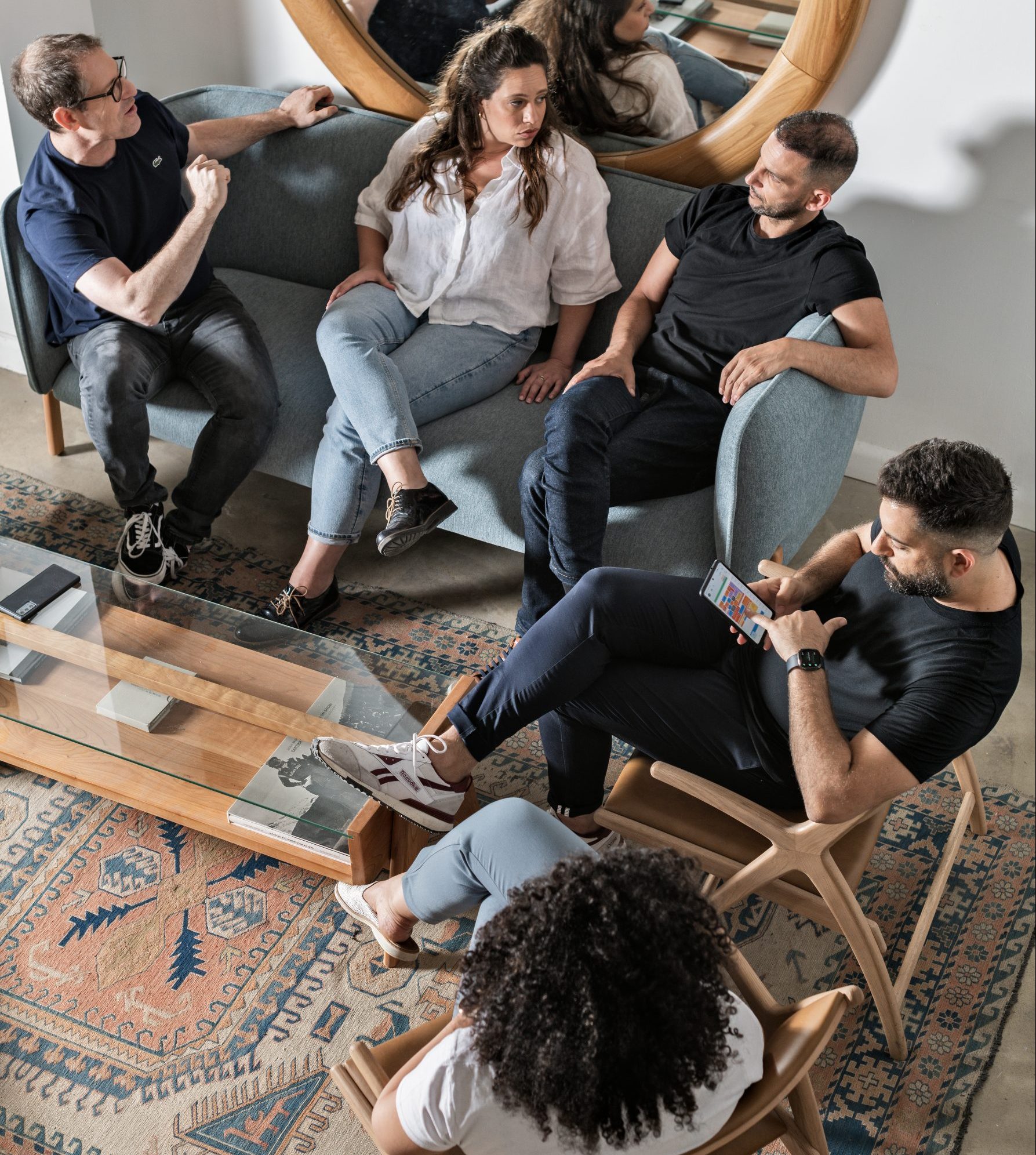
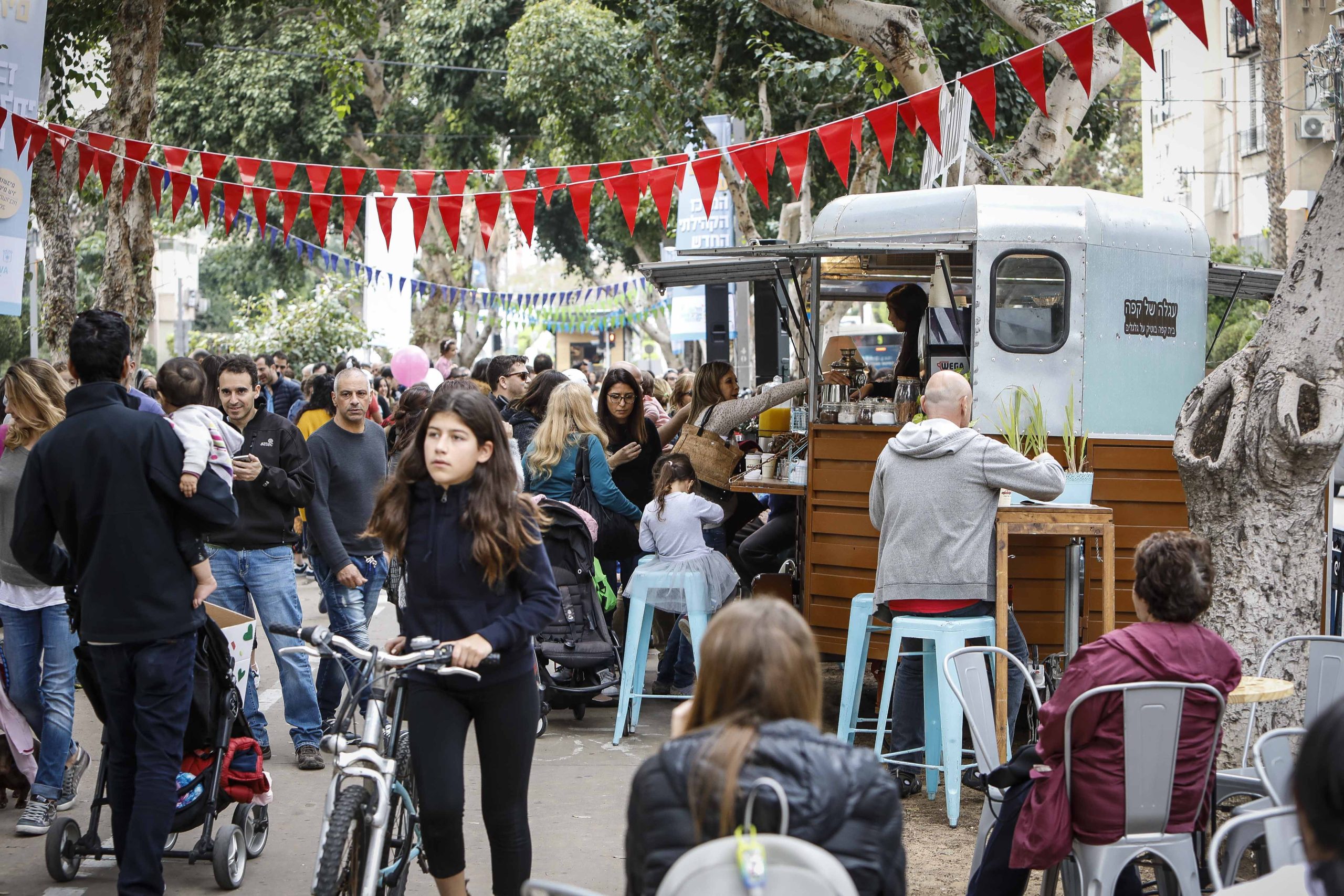
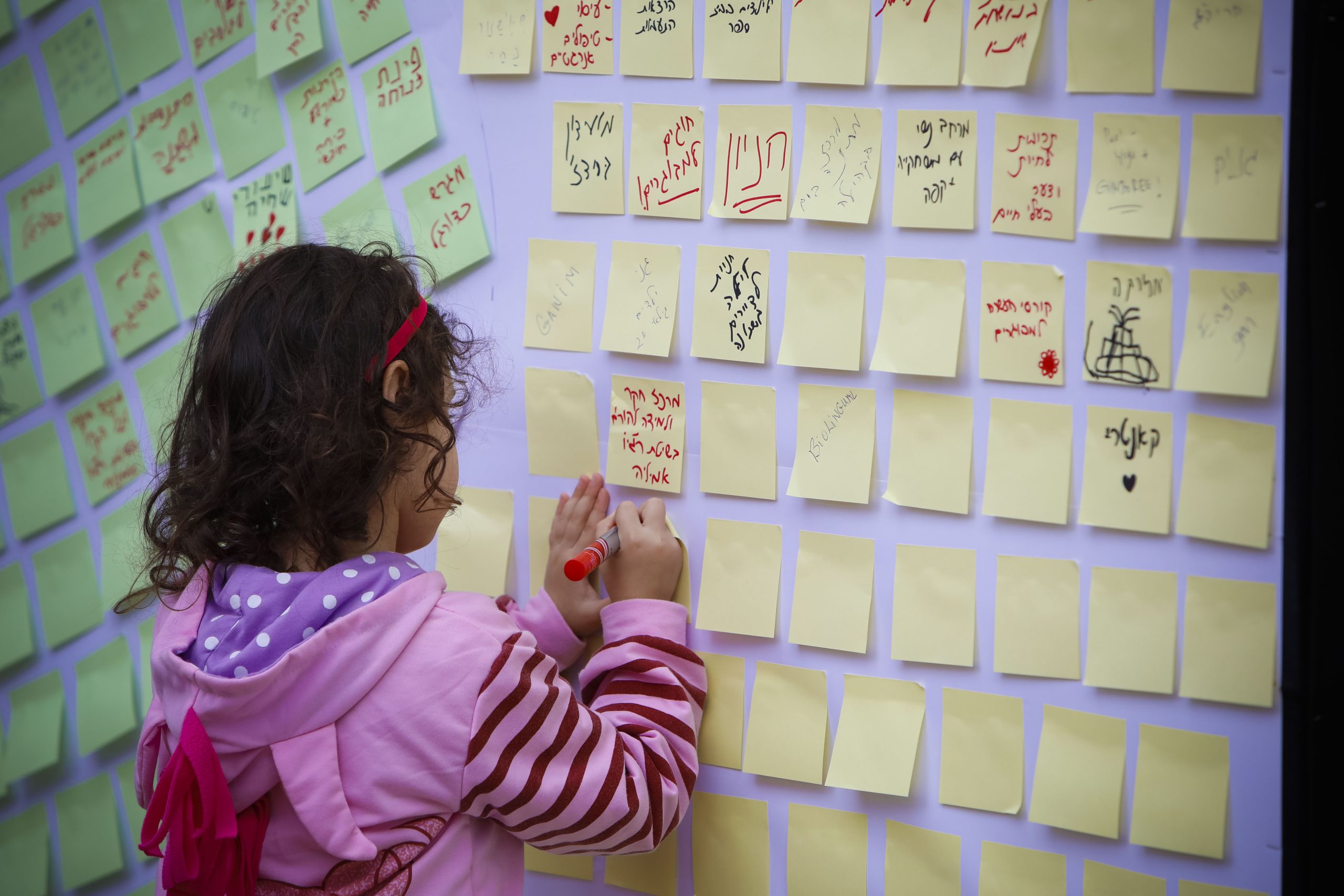
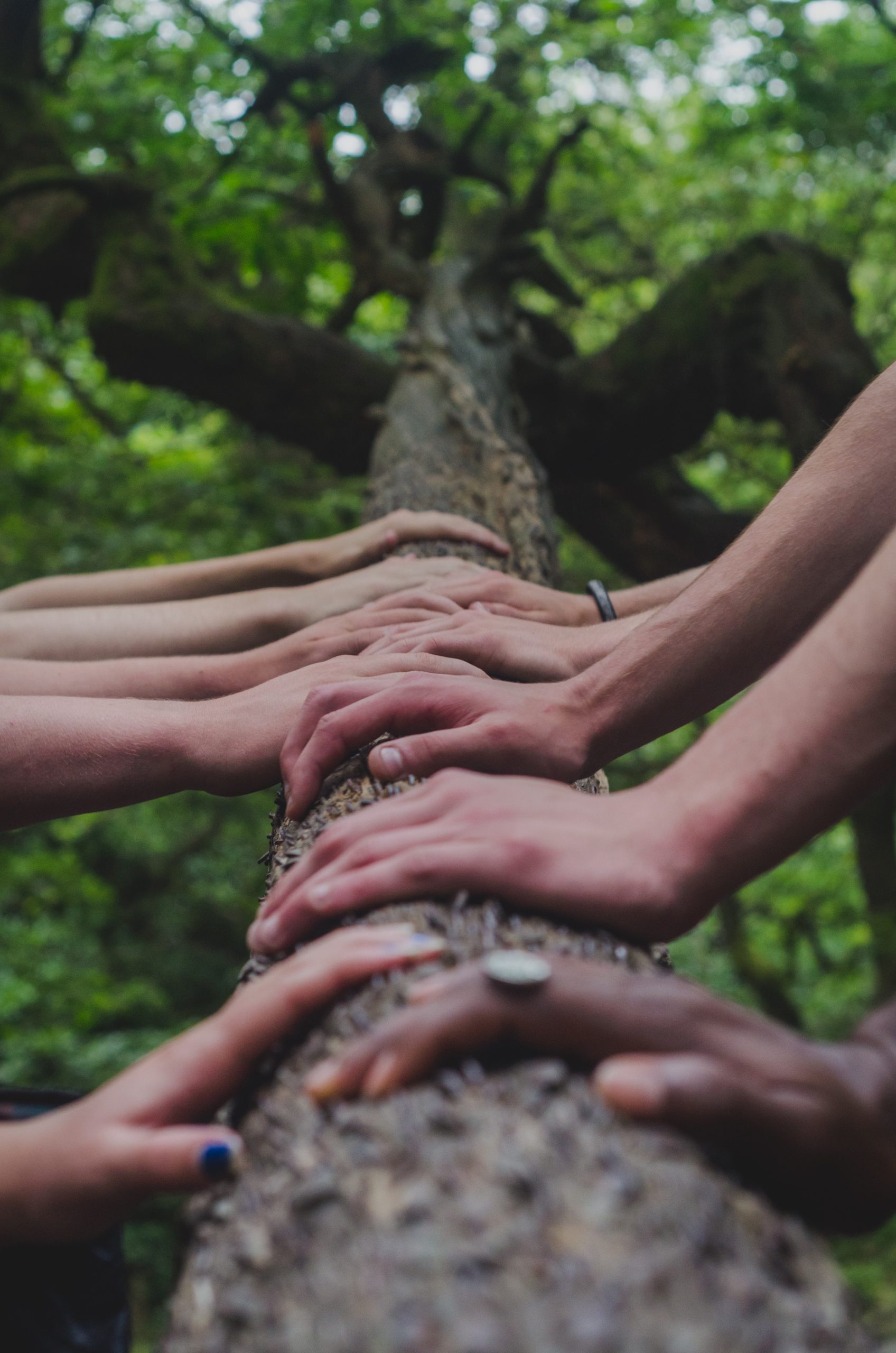 int(166)
int(166)

